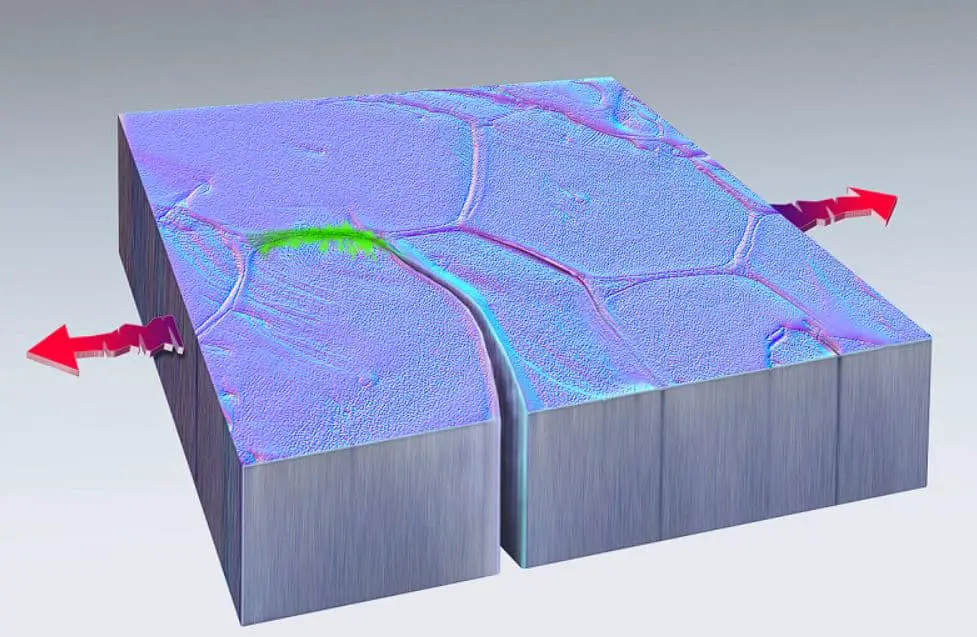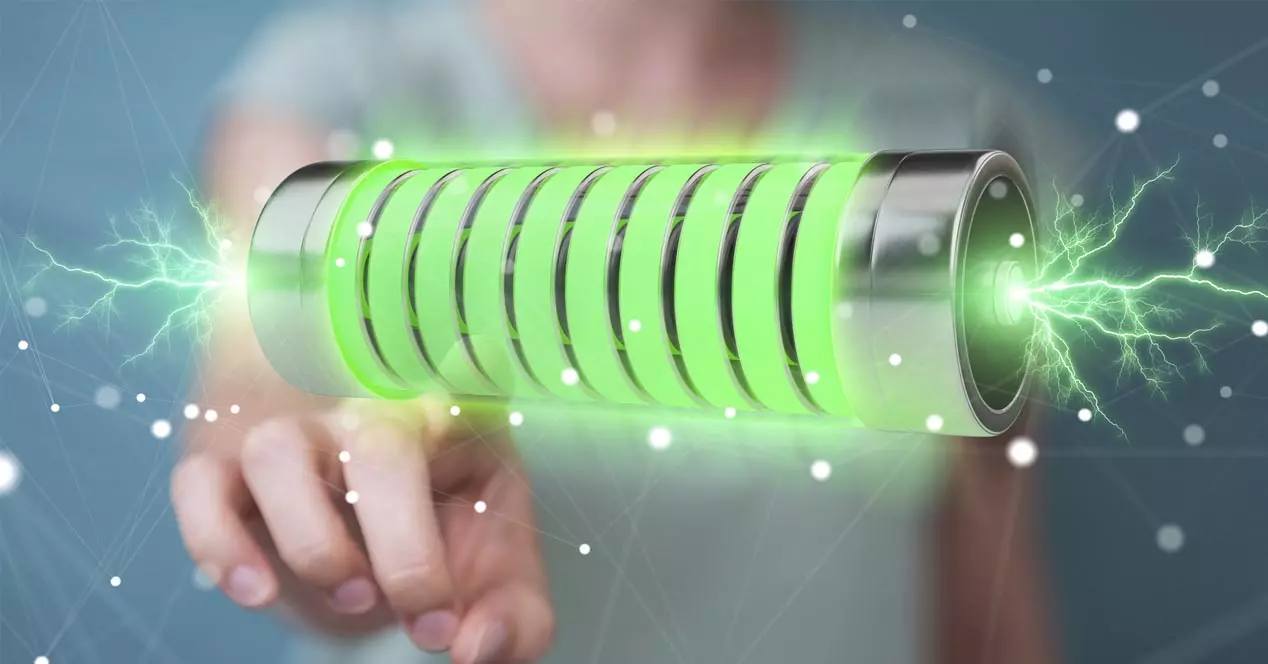When metal structures such as buildings, bridges, or engines develop cracks, they are typically considered irreversible, and over time, these cracks tend to widen. However, according to the findings of American researchers who observed platinum, the situation might not be as straightforward.
The scientific community has been searching for or creating materials that can self-heal, similar to how our wounds eventually recover. Various studies have yielded self-repairing materials like ceramics, concrete, and even bioplastics inspired by squid teeth. However, until now, no such advancements have been achieved for metals. For metals, the self-repair of small cracks caused by time or use, known as fatigue damage, has remained elusive.
Brad Boyce, a scientist at Sandia National Laboratories in the United States, stated that when metals develop cracks, they only grow larger, and the gaps never shrink. Based on the principle of crack propagation, the possibility of self-repair seemed highly improbable.
However, the team stumbled upon an exception when they unexpectedly observed a nanoscale piece of platinum repairing itself after fracturing.

The original team used an electron microscope to study how metals develop cracks. They subjected a platinum material to 200 pulls per second, and while the platinum eventually fractured, after conducting the experiment for 40 minutes without any human interference, they discovered that the metal repaired the small damages on its own, just like how skin heals after a cut.
Boyce stated that they have confirmed that metals possess a fundamental, inherent self-repair ability and successfully observed it at the nanoscale fatigue damage level. Therefore, the team believes that understanding the mechanism behind self-repair could potentially revolutionize how engineers deal with stress fractures in metal structures.
However, the researchers also pointed out that they do not fully understand how platinum “cold-welded” itself back together, and their findings were conducted at the nanoscale in a vacuum, so it’s uncertain whether this discovery applies to other environmental conditions. Boyce mentioned that the scope of applicability might be an important research topic going forward.
Professor Michael Demkowicz of Texas A&M University had proposed the theory of metal’s self-healing potential back in 2013, expressing hope that this discovery could encourage material researchers to explore unforeseen phenomena that may occur under appropriate circumstances.





